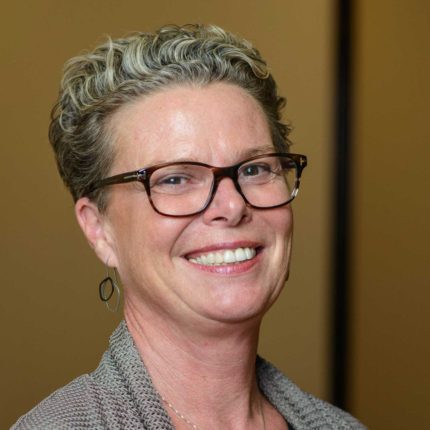Another mooted merger between two Australian universities has again risen like a prize-winning sponge cake and then promptly sunk beyond repair. The decision to back out comes at a time when new student data holds the hint of a suggestion that future mergers might not be as voluntary as that between the University of Adelaide and the University of South Australia.
Last week two universities solemnly faced the local media to concede their grand plan for a new mega university had hit a wall just four short months after they had announced the plans to pull it off.
Had the merger gone ahead, it would automatically have made the new institution a global top 100 contender with its combined 43,000 students and 6200 staff and $200 million in research income, a discussion paper revealed. Size is important.
One wag noted that when two institutions merge, the top two priorities on the agenda in any merger is what will be name of the new institution be and who will get to be the boss. The proposed union was being cryptically tagged the University of South Adelaide by some.
And the small matter who would reign supreme was also up for grabs. Adelaide’s vice chancellor Peter Rathjen – who was recruited from the University of Tasmania last year with strict instructions to secure the merger – no doubt thought it would be he. Meanwhile, UniSA’s David Lloyd, undoubtedly held ambitions to the throne as well.
A university city
Speculation as to the failure to reach an agreement reached fever pitch in the past few days, driving Rathjen and his chancellor Kevin Scarce to pen a piece for the local Adelaide Advertiser dismissing the idea that they were seeking a takeover rather than a merger.
Adelaide’s third public university Flinders was approached about the merger, but it’s vice chancellor Colin Stirling opted out. He’d been at Manchester when the merger with the University of Manchester Institute of Science took place in 2003 and still reportedly loses sleep over the experience.
It’s not the first time that institutions in Adelaide have held merger talks and it won’t be the last. Adelaide is a city of just 1.3 million people and is somewhat over-serviced in university choice. In addition to its three large public comprehensive universities, it has a small number of microscopic transnational campuses including an outpost for the US behemoth Carnegie Mellon – a curious remnant of an attempt by former Premier Mike Rann to turn Adelaide into a “university city”. Laureate International, the private US group that somehow had Bill Clinton as its adoptive chancellor for a number of years, also staked its claim to run private universities in Adelaide with Torrens University in 2012.
Market forces
Australia doesn’t do mergers – or at least it hasn’t done them in any scale in the past 30 years.
While some regional campuses have changed brands in recent years, it can still be a traumatic experience. I draw attention to Swinburne’s attempt to sell off its Lilydale campus. Ditto Deakin’s experience with its Warrnambool campus.
The fact is, the introduction of the demand-driven system from 2010 onwards delivered a quasi- free market in student numbers. Its architect Denise Bradley firmly believed the market should be left to do it’s thing – if an institution sat on the cusp of collapse, it should be left to do so and it should not be incumbent on the state to bail it out.
Not that such a scenario is likely to ever happen. Politicians would see no political mileage out of the collapse of a campus, never mind an entire institution.
A glimpse of the future
But, the time might have come when Australian regulators and officials have to think about this very hard. A report released on Monday shows that there was a 3.3% decline in acceptances for university offers in 2018 – the first decline in a decade. That included a 5.3% decline in mature age applications.
If a small number of universities have been struggling to get bums on seats in a booming market, then the consequences in this significant dip in applications and acceptances could quite easily tilt them onto another not-so-pleasant trajectory.
As KPMG’s Stephen Parker says, he suspects that Australia has reached a demographic point where expansion may come at a cost.
“A mix of survival of the fittest and survival of the elitist,” Parker says.
If demand is showing signs of retreat, and if the next election produces a new Labor government intent on revitalising the public vocational sector, then maybe, just maybe, the writing is on the wall for a small but very fragile number of public universities. Mergers might yet again be mooted, but they won’t have the same freedom of intent as Adelaide’s latest abandoned plan.












